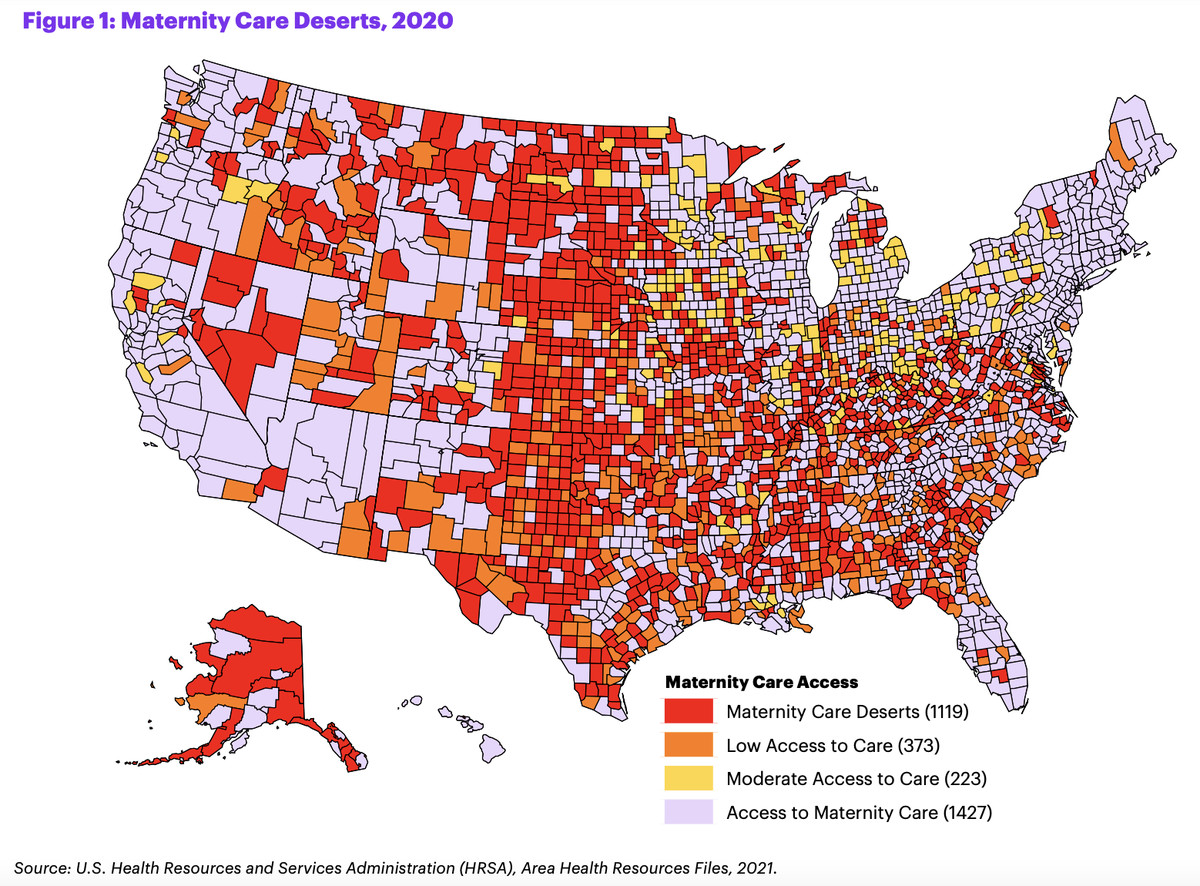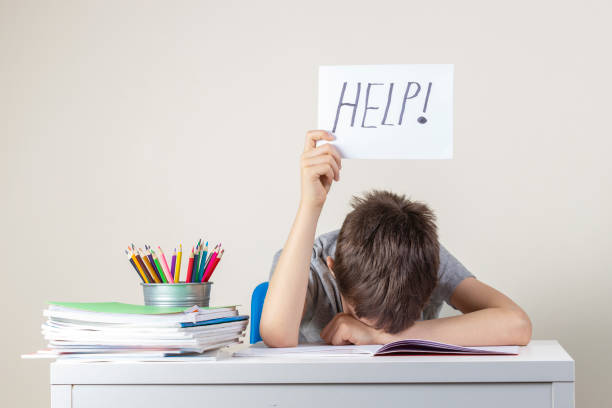Did you know that it is statistically proven that women take, on average, 49 more days of sick-leave than men in their lifetime? At the same time, are you aware that only 32% of women receive pay for their leave while 41% receive no pay at all? This is an alarming fact considering 55% of men report being paid for their time off with only 25% stating they were not, especially given the fact that women have a higher need for time off in the first place. Childbearing and pregnancy, illness, mental health, and menstruation are four contributing factors for why some women may call out sick, though studies show that these factors go largely unconsidered in the workforce. Why is it that despite the vast number of reasons why women may require more time off, they are almost always given the same quantity of paid leave as men? Additionally, how come when women utilize these days, they face the risk of not being given a wage? It’s the result of an issue that’s remained an obstacle for centuries: the simple notion that women must continue to fight for their place in the workforce and obey outdated social norms set in place by men.
On average, Pregnant women face a period of morning sickness that can last up to 16 weeks. A few common symptoms include nausea and vomiting with 70-80% of all pregnant women reporting experiencing such. While some employed women may take a few days off for sick leave during this time, those whose symptoms last longer face having to return to their jobs before the sickness concludes. To put it into perspective, the average company will offer 7-8 sick days to their employees, so if morning sickness symptoms persist for 16 weeks during a full-time job (5 shifts a week), that’s already 73-72 days over what is available. To make matters worse, there are only 15 states (not including Washington, D.C.) that require paid sick leave. While the Family and Medical Leave Act allows women to take time off during cases of extreme morning sickness, this time will not be paid except for any paid sick days promised by an employer. Anything over those days goes entirely unpaid. Additionally, the earliest period in which maternity leave can be taken is 11 weeks prior to the labor due date, leaving 29 whole weeks where women must show up to their jobs, regardless of how they feel during their pregnancy.
Girls face this same exact inequality at schools throughout their entire academic lives. Most schools in the United States allow anywhere from 10-18 excused days of absences each year. If your school happens to fall on the lower side of that number (such as RSD13), the female students who attend face higher disadvantages. Most girls will begin their period starting at the age of 12, marking that they have completed their first full menstrual cycle. For context, menstrual cycles last about a month and have four different phases: menstruation, follicular, ovulation, and luteal. However, it is a largely accepted myth in our society that the menstruation phase is the only one that causes girls and women alike to feel discomfort and a variety of unwanted symptoms, when in actuality, this couldn’t be farther from the truth. It’s possible to experience period symptoms such as pain, fatigue, bloating, and mood swings (along with plenty more) throughout every phase of the 28-30 day menstrual cycle at varying times. Still, only 10-18 days of an entire school year are offered as authorized absences to students before doctor’s notes become a requirement and students can be threatened with a loss of credit. What kind of message does this send to young girls? Only that they must overlook their physical health in order to accommodate for an outdated system that wasn’t designed with their needs in mind.
Women and girls are susceptible to a range of mental illnesses and face higher chances of struggling with depression and anxiety than young men. According to the National Library of Medicine, “depression is more than twice as prevalent in young women than men (ages 14-25), but this ratio decreases with age.” The fact that mental illness is so widespread in young women points towards the idea that schools should protect the mental health of their students by implementing more time off for children and teens to focus on recovery. Going along with the theme of increasing permitted sick days, mental health days should be included in this argument, especially as they’ve been shown to increase morale, reduce burnout, and prevent crises (along with a number of other benefits), allowing students to return back to school when they have had a chance to recuperate and focus on themselves. Students in Connecticut are allowed two mental health days each school year (as of 2021), though only eleven other states supply this option, despite clear evidence that it can improve student’s overall performance. Moreover, women could take advantage of similar time off if it was offered to them. In addition to major depression, women may face different forms of depression throughout their lives such as Premenstrual Dysphoric Disorder, Postpartum Depression, and Postmenopausal Depression as a result of changes in ovarian hormones in the body. Symptoms of such may include, but are not limited to, anger, difficulty concentrating, a higher need for sleep, and a feeling of being out of control, making it extremely hard to be present at a job, especially one that’s demanding or requires one’s full, undivided attention.
For centuries, the physical and mental necessities of women and girls have been overlooked, cast aside, and forgotten. As a result, we learn to ignore the needs of our bodies, to fight through sickness and pain, to work and learn when we would rather be doing the exact opposite. We have an abundance of change to make in the future towards improving life for women and girls alike but just because we’re far from becoming an entirely equal society does not mean we can’t begin to do so, even if it means starting on a smaller scale. One way to start? Increase the amount of paid sick leave and sick days available in the workplace and schools. The overall wellness of half the nation is on the line, and it’s high time we took such into account by recognizing it as the crucial matter that it is.






